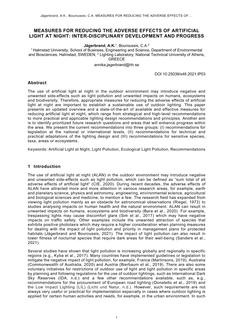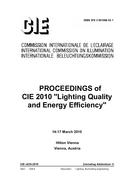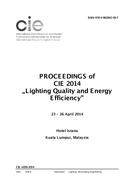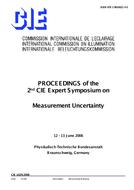Description
The use of artificial light at night in the outdoor environment may introduce negative and unwanted side-effects such as light pollution and unwanted impacts on humans, ecosystems and biodiversity. Therefore, appropriate measures for reducing the adverse effects of artificial light at night are important to establish a sustainable use of outdoor lighting. This paper presents an updated overview and a state-of-the-art of available and effective measures for reducing artificial light at night, which range from strategical and high-level recommendations to more practical and applicable lighting design recommendations and principles. Another aim is to identify prioritized future research questions and areas that will enhance progress within the area. We present the current recommendations into three groups: (I) recommendations for legislation at the national or international levels, (II) recommendations for technical and practical adaptations of the lighting design and (III) recommendations for sensitive species, taxa, areas or ecosystems.
Product Details
- Published:
- 09/29/2021
- File Size:
- 1 file , 1 MB
- Note:
- This product is unavailable in Belarus, Russia




